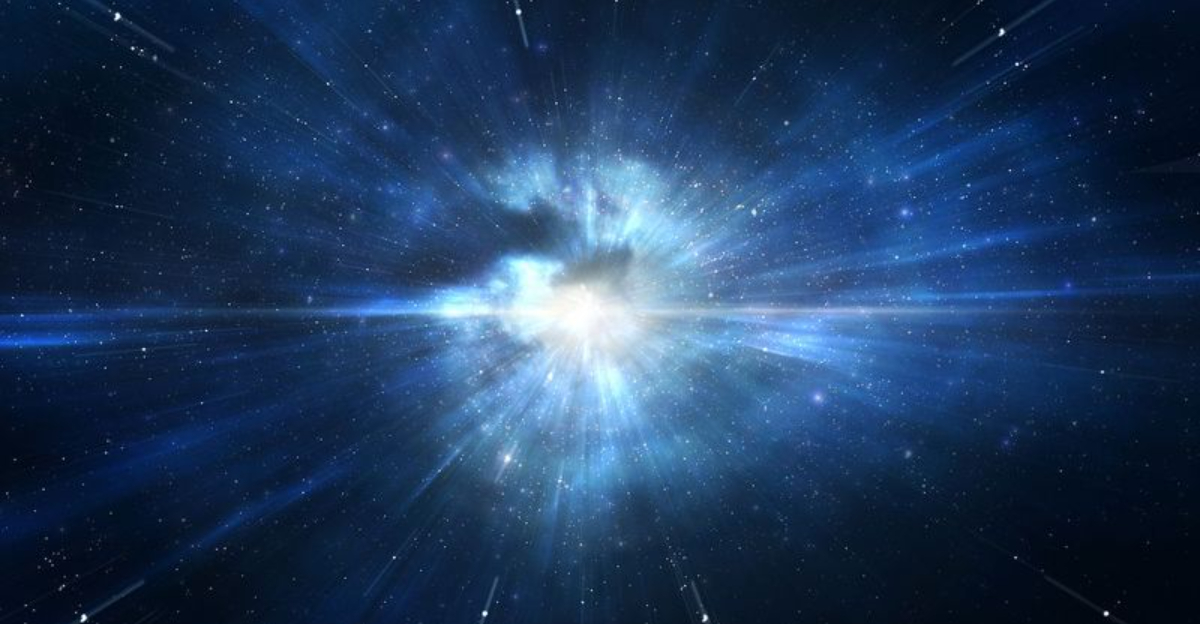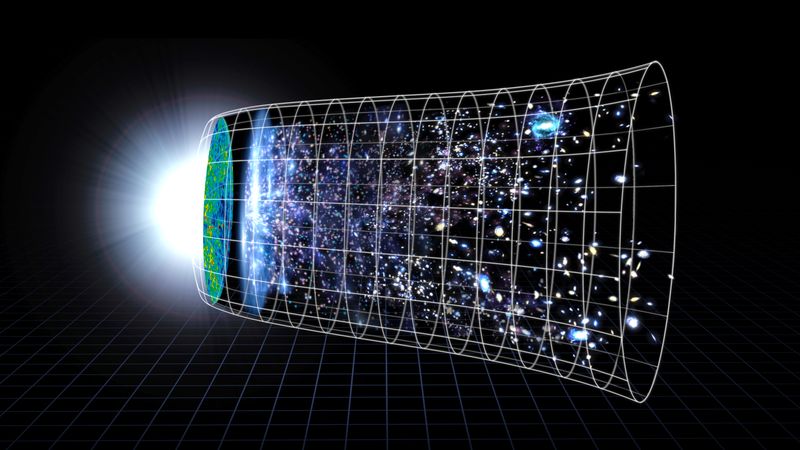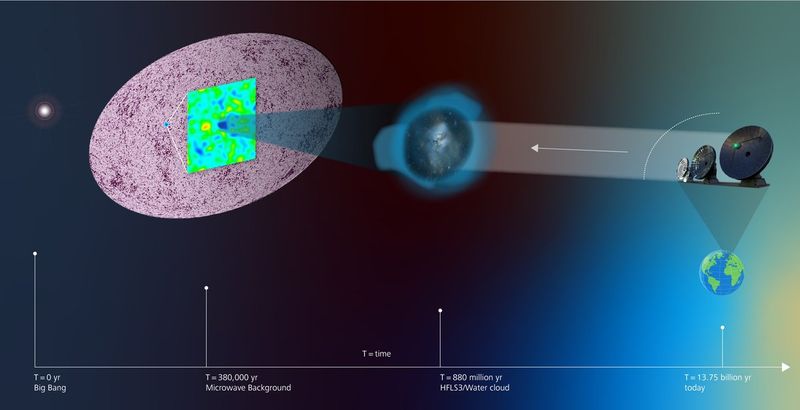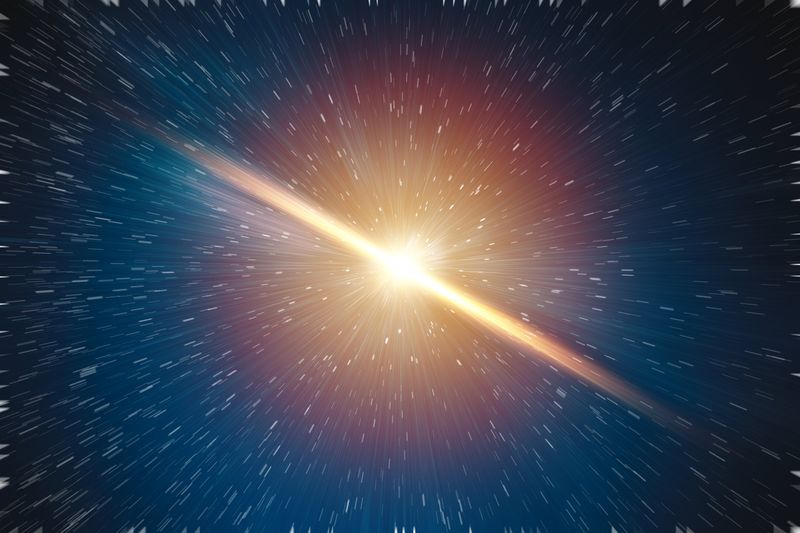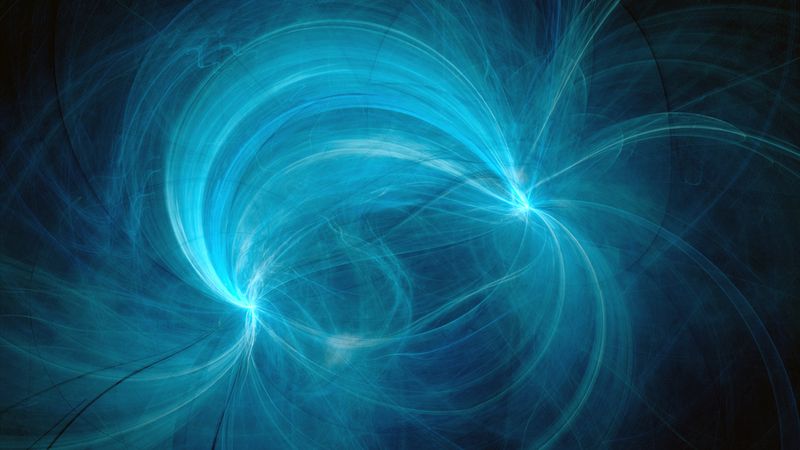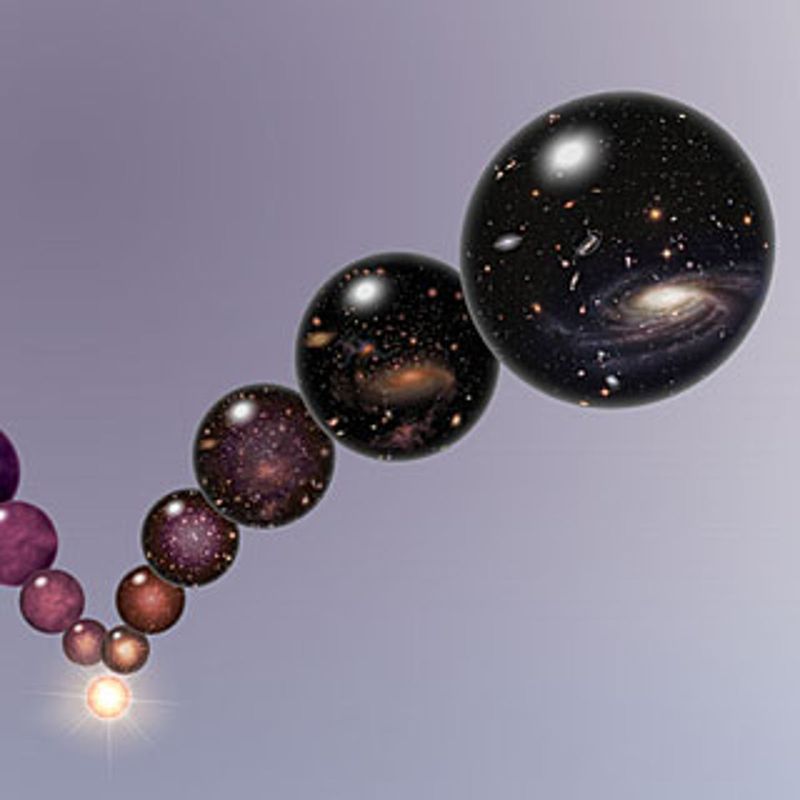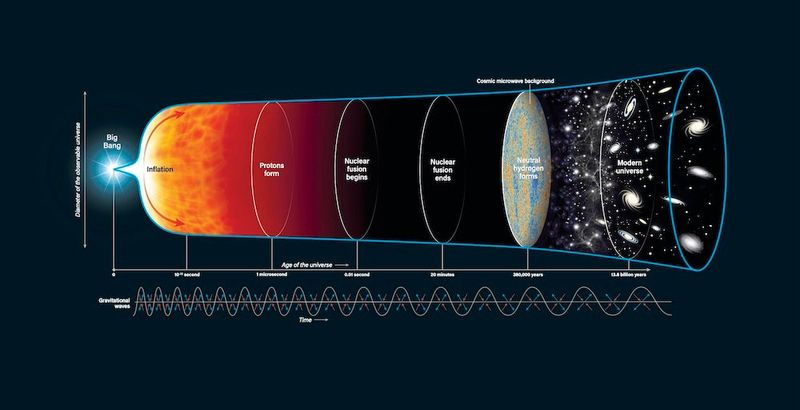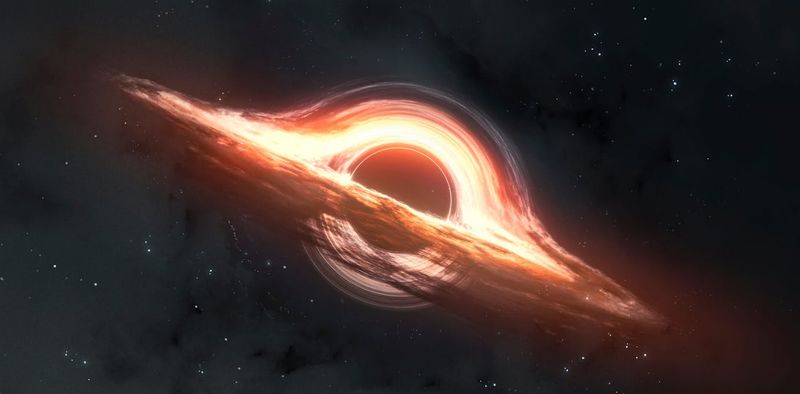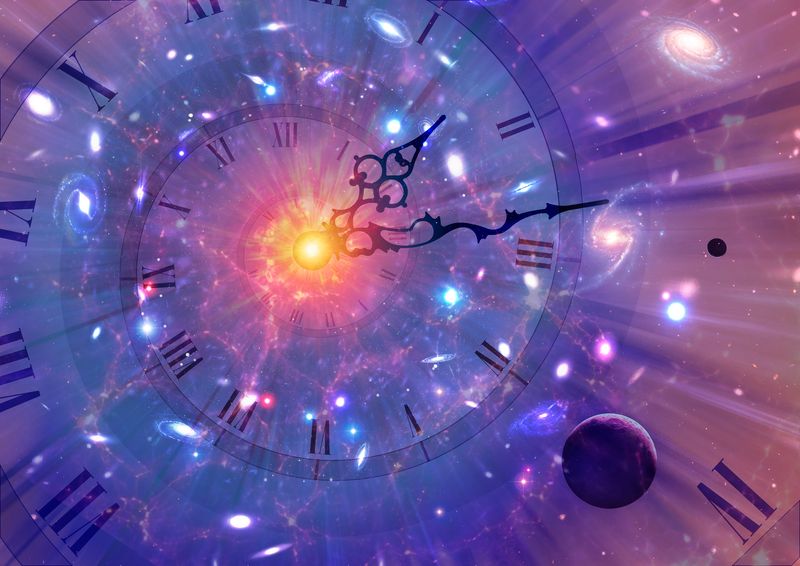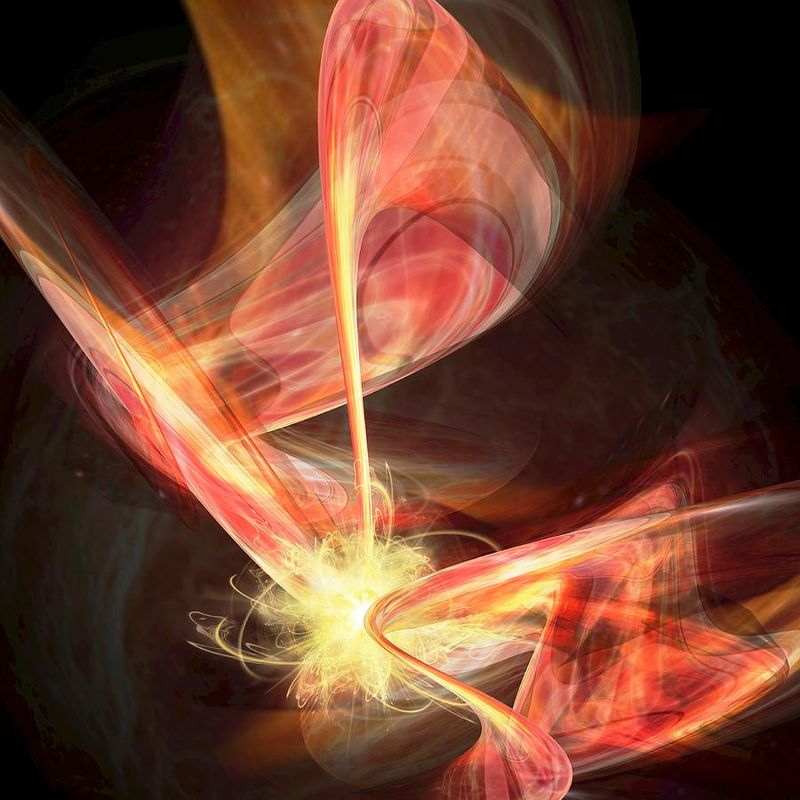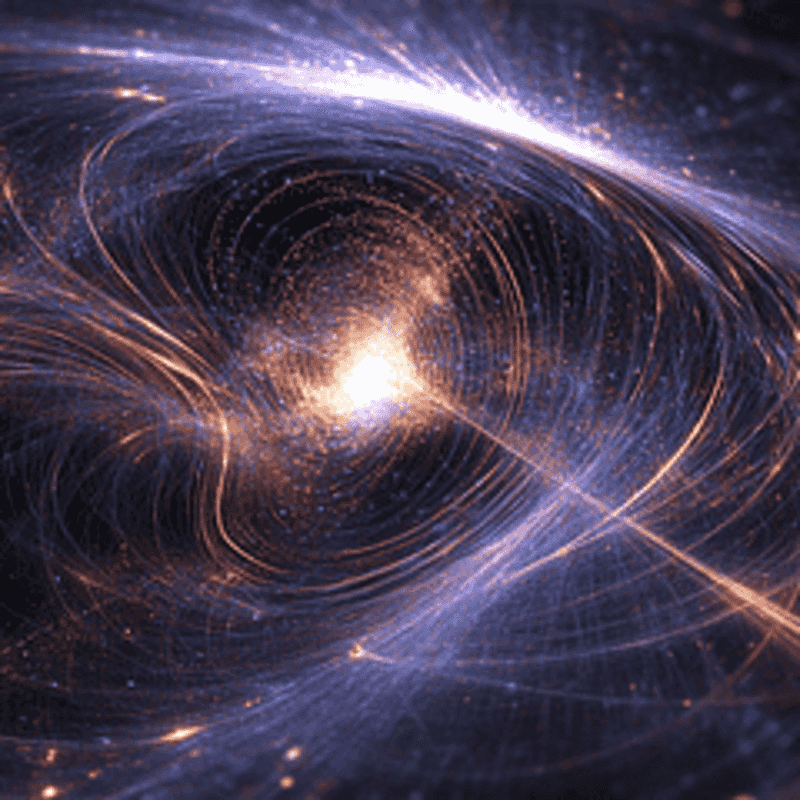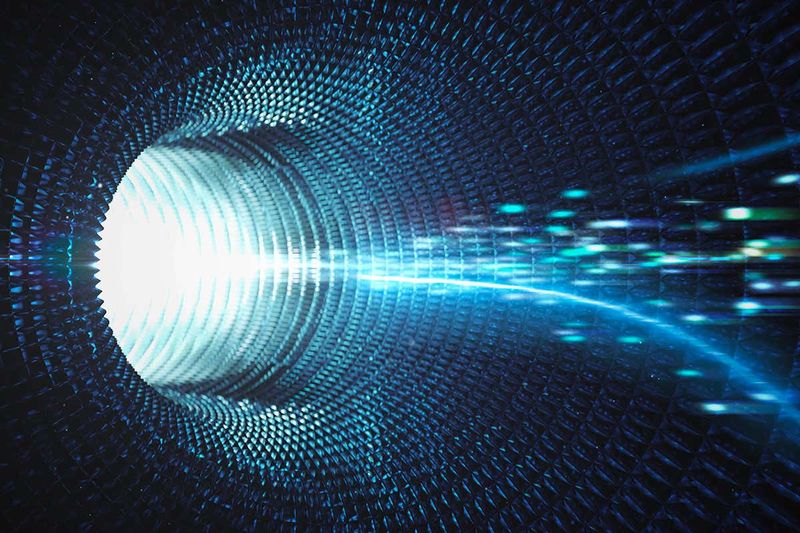The Big Bang theory has long stood as the dominant explanation for how our universe began. But despite its fame, it’s often misunderstood—confused with explosions, “starting points,” and even misquoted science fiction. Even more fascinating? What might’ve happened before the Big Bang is now one of the biggest questions in cosmology. Here are 7 common myths people get wrong about the Big Bang, followed by 9 mind-blowing “pre-Big Bang” ideas that could reshape everything you thought you knew about existence.
1. Mistake: The Big Bang Was an Explosion in Space
The Big Bang wasn’t an explosion in space, but rather the expansion of space itself. This expansion set the groundwork for galaxies, stars, and planets.
Contrary to a typical explosion with a central point, the Big Bang happened everywhere at once. Imagine every atom moving away from every other atom at the same time.
This perspective shifts our understanding from a chaotic blast to a smooth, universal growth. It’s a fascinating glimpse into our universe’s elegant origins.
2. Mistake: The Big Bang Happened at a Single Point
There was no singular point where the Big Bang occurred; it happened everywhere.
This means there was no ‘center’ or ‘edge’ to the explosion, altering traditional views of a singular, pivotal starting point. The universe expanded uniformly, creating galaxies and stars.
This understanding dispels the myth of a central blast site, highlighting a more intricate genesis. It’s a reminder that the universe is far more complex and interwoven than a simple origin story.
3. Mistake: The Big Bang Created Matter Instantly
The early universe was a soup of pure energy, not instant matter.
During the cooling phase, hundreds of thousands of years post-Big Bang, energy began transforming into matter. Particles combined to create the building blocks of everything we see today.
This gradual process challenges the notion of an immediate materialization. The universe’s formation was a delicate dance of energy and cooling, showcasing the intricate evolution of our cosmic home.
4. Mistake: The Universe Was Already Dark and Empty
The early universe wasn’t dark and empty; it was blindingly hot, dense, and opaque.
In this early stage, light couldn’t travel freely, making it opaque and intensely bright. This contradicts the image of a dark, barren universe.
As the universe expanded and cooled, particles spread out, allowing light to travel and form the transparent universe we recognize. This transformation reveals the universe’s dynamic nature from inception to the starry skies we observe.
5. Mistake: The Big Bang Explains the Origin of the Universe
The Big Bang explains the early evolution of the universe, not its ultimate origin. It describes how the universe expanded and cooled, setting the stage for galaxies and stars.
The question of what started the Big Bang remains open. Theories abound, but none have yet definitively explained the primordial spark.
This distinction highlights the Big Bang as a remarkable event in cosmic history, but not the entire story. It leaves room for further exploration and discovery, reminding us of the mysteries yet to be solved in understanding our universe’s complete origins.
6. Mistake: There Was Time ‘Before’ the Big Bang
According to Einstein’s relativity, time and space began with the Big Bang.
The concept of ‘before’ the Big Bang may not make sense, as time itself emerged from this event. It’s a moment where our understanding of physics meets profound mystery.
This idea challenges our perception of time as linear, urging us to rethink our cosmic timeline. It sparks curiosity about what lies beyond our traditional conceptions of past and future in the universe’s grand narrative.
7. Mistake: The Big Bang Is Just a Theory (So It’s a Guess)
In science, a theory is a well-tested framework, not a mere guess. The Big Bang theory, like gravity or evolution, is backed by substantial evidence.
Cosmic microwave background radiation and the universe’s expansion support this theory, making it one of the most robust models in physics.
This understanding elevates the Big Bang from speculative idea to scientific cornerstone. It underscores the importance of evidence-based reasoning in understanding our universe’s vast and complex history, challenging misconceptions about the nature of scientific theories.
1. Quantum Fluctuations Could Be the True Beginning
At the Planck scale, spacetime may have been nothing but quantum uncertainty.
This concept suggests that these fluctuations triggered the transition into our expanding universe. It’s a peek into a world where quantum mechanics and cosmology intertwine.
Understanding this possible origin invites us to explore the smallest scales of existence, where the rules of reality as we know them might bend and twist. It’s a journey into the unknown realms that lie at the heart of our universe’s beginning.
2. The Universe May Have Bounced
In the Big Bounce theory, a prior universe collapsed and rebounded into our current one.
This model proposes that the Big Bang wasn’t the start, but a transition in an infinite sequence. It challenges the idea of a singular beginning.
This perspective paints a cyclical view of the universe, offering a compelling narrative of continuity and renewal. It’s a profound reflection on the eternal nature of existence, shifting the focus from creation to transformation.
3. Inflation Happened Before What We Call the Big Bang
Cosmic inflation describes a rapid, faster-than-light expansion that might have preceded the classical Big Bang.
This theory suggests that what we call the Big Bang was just a phase in a complex process. The inflationary period laid the groundwork for galaxies and cosmic patterns.
It invites us to rethink the timeline, placing inflation as a crucial precursor. This insight into the universe’s smooth uniformity offers a glimpse into the dynamic processes shaping the cosmos before stars and galaxies formed.
4. The Multiverse Might Explain It All
Some theories suggest our Big Bang was just one bubble in an ever-growing multiverse.
This multiverse model implies that our universe is but a small part of a much grander structure. It challenges the notion of a singular, isolated cosmos.
Exploring the multiverse transforms conventional views, suggesting endless possibilities and variations. It opens the door to an infinite array of realities, each with its own laws and phenomena, tantalizing our imagination and understanding of cosmic complexity.
5. Black Holes May Seed New Universes
According to some models, the singularity at a black hole’s core could create a new universe.
This notion places black holes as cosmic seeds, suggesting a cycle of creation and transformation. Our universe might be one of many birthed this way.
It expands the role of black holes from mere cosmic phenomena to pivotal players in universal genesis. This theory invites us to ponder the connections between seemingly separate cosmic entities, weaving a rich tapestry of creation and rebirth.
6. Time Could Be Cyclical
In conformal cyclic cosmology, time is infinite and repeating.
This theory suggests the Big Bang is just the next phase in an endless cycle, challenging linear perceptions of time.
This cyclical concept alters our understanding of existence, presenting a universe with no beginning or end. It reflects a profound continuity, inviting us to explore the eternal rhythms that govern cosmic history and the endless possibilities within time’s infinite dance.
7. String Theory Suggests Pre-Bang Brane Collisions
In string theory’s ekpyrotic universe, our cosmos formed when two higher-dimensional branes collided.
This collision created the conditions that led to our universe, suggesting a pre-Bang scenario far beyond our traditional understanding.
String theory offers a glimpse into the mechanics underlying our universe’s creation, proposing dimensions and interactions previously unimagined. This perspective enriches our view of cosmic origins, hinting at the complex tapestry of forces and events that might lie behind our universe’s birth.
8. Vacuum Energy Could Drive Eternal Creation
The quantum vacuum is never truly empty.
This theory posits that the void is pregnant with potential, constantly birthing new realities. It’s a process of endless creation driven by the vacuum’s inherent energy.
This concept challenges our perception of emptiness, revealing a vibrant field of potential and transformation. It suggests a universe where creation is a perpetual dance, with new worlds emerging from the unseen fabric of reality, igniting our imagination with the possibilities of eternal genesis.
9. The Laws of Physics Might Evolve Over Time
Some physicists propose that even the universe’s rules, like gravity, could evolve.
This idea suggests that across cosmic cycles, the very fabric of reality might change, shaping each universe uniquely.
This evolving perspective adds depth to our understanding of cosmology, inviting us to rethink the constancy of nature’s laws. It presents a universe that is not only dynamic but also adaptable, a living system of change and innovation, constantly shaping the cosmos in new and intriguing ways.
